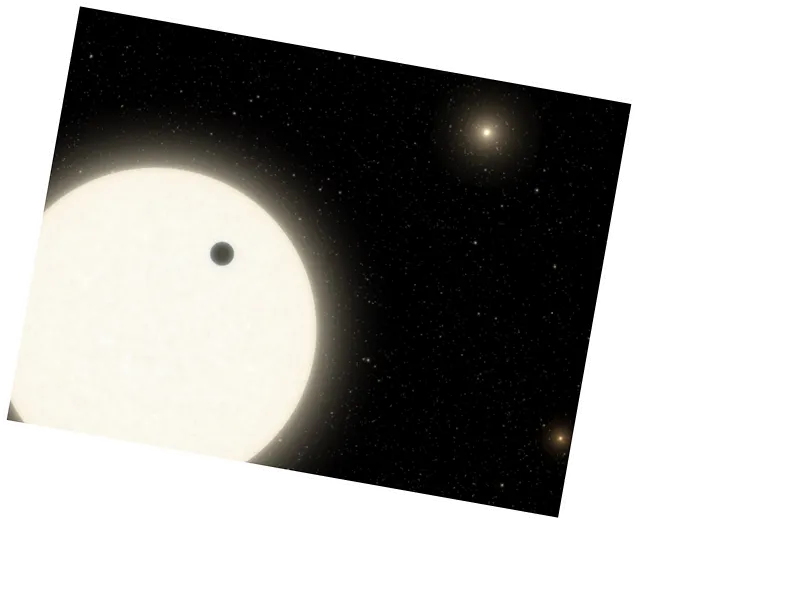The star Suhail, an astronomical phenomenon, holds a significant place in Arab culture and history. Its appearance marks the onset of moderate weather and is a harbinger of seasonal changes in the Arabian Peninsula. Sheikh Salman bin Jabor Al Thani, head of the Qatar Center for Space Sciences and Astronomy, emphasizes the star's historical relevance, noting its role as a cosmic clock for ancient civilizations, including the Sabaeans, Pharaohs, and Babylonians. The star's name, meaning 'handsome' in Arabic, reflects its brilliance in the sky during this time of year.
As Suhail rises, the Gulf region witnesses notable changes in weather patterns, including increased cloud cover and rain, which can sometimes be heavy and dangerous. This phenomenon is deeply embedded in Arab folklore, with sayings warning against trusting floods when Suhail appears. The star also signifies the beginning of the date harvest season, prompting Bedouins to transition to the desert as they prepare for the cooler months ahead.
The relationship between the star Suhail and seasonal changes is not merely anecdotal; it is rooted in historical observations of the Earth's axial tilt and its effects on local climates. This connection, known as 'al-Anwa,' serves as an ancient form of weather forecasting. As the region approaches the Wasm season following Suhail's rise, the potential for abundant rainfall increases, nurturing plant growth and supporting the agricultural needs of the local population.






